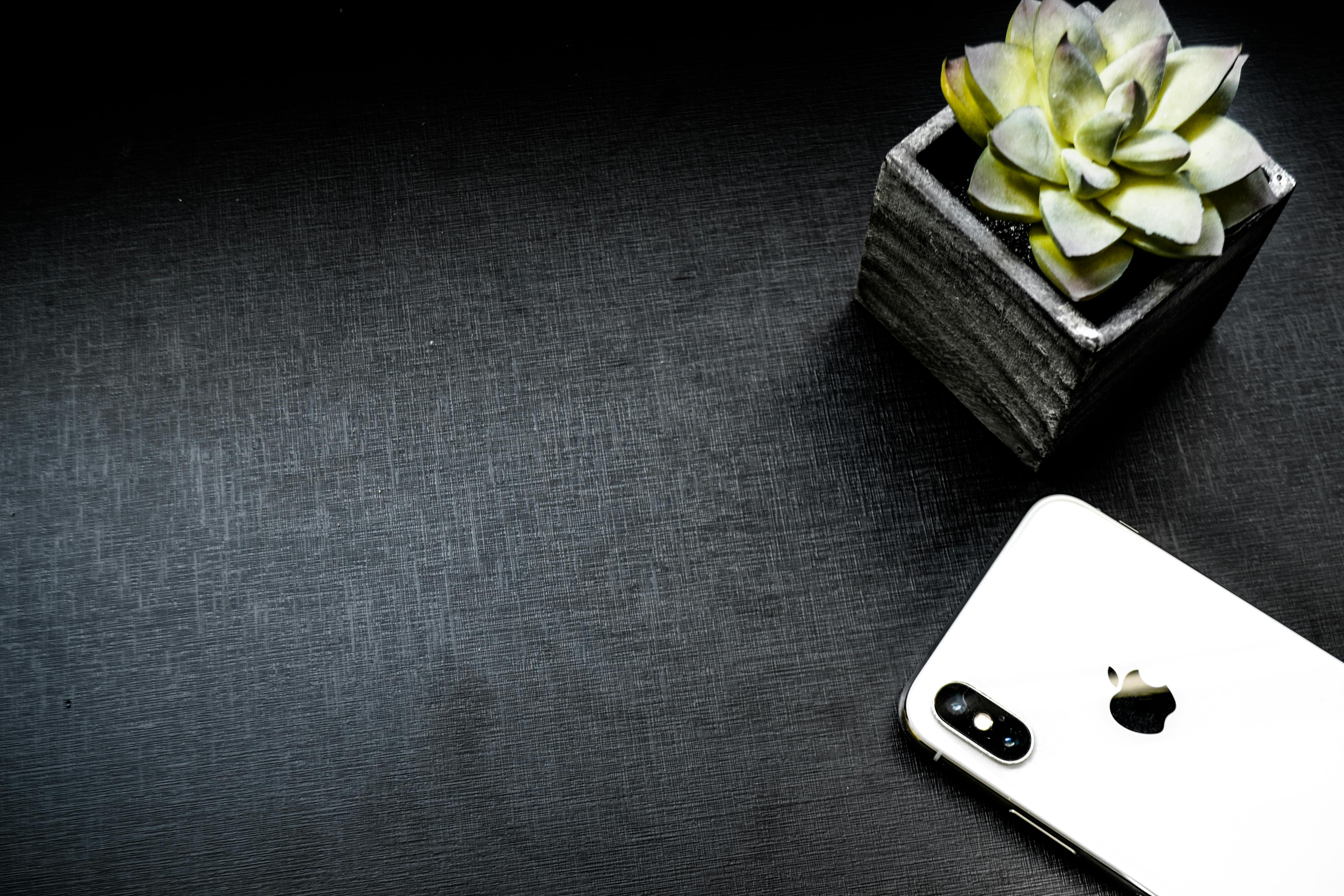We’ve written quite a bit about disruptive technology in new cars, whether they’re production models, prototypes, or drawing board concepts. As each new feature is introduced, we usually hear some “WOW” and also some skepticism until the feature is tested and accepted. Once accepted, the new feature can quickly move into the “must have” category. One current feature that isn’t widely known is the “in” camera, an innovation being considered by Cadillac, Tesla, Audi and Volvo. At this point, no cars have this feature activated. Clearly, there are two sides to what this innovation will look like, and those two sides are becoming all too familiar:
- this innovation is excellent because it knows me, helps me and makes my life easier and more convenient
- this innovation is bad as it intrudes on my private space to discover, and potentially share or reveal, information that I consider private
By now, we should all be aware of the tradeoffs that technology can often introduce into our lives. Given the success of products like GOOGLE Home and AMAZON Alexa, it’s abundantly clear that the masses are buying into the “convenience” aspects of the technology, even though there are many who warn us about the loss of personal privacy and the dangers of having your personal information be used against you, such as identity theft. There are continuous developments in the field of “information privacy”, and those technologies could also provide investment opportunities that we will carefully evaluate. To get an idea of where we’re headed, click here.
So what can an inward-facing camera do while watching you and transmitting information to all of the vehicle’s systems? For starters, you can positively identify who is in the vehicle, especially in the driver’s seat, and activate all of this driver’s preferred settings. It could monitor the driver’s mood and monitor health indicators such as glucose levels indicated in the pupils of the eyes. To alter mood, the system could turn on appropriate settings on the way to work, such as music or podcasts to motivate and energize, and on the way home from work, turn on relaxing music or meditative mantras. If your health indicators go off the charts, vehicle systems could notify your family, your doctor, the hospital, or 911 emergency services. There are also some simple convenience issues a camera could help with, like notifying you that items like your wallet, computer, or phone are being left behind when you exit the vehicle.
As always, the driving force behind many of these innovations is discovering and collecting information about you, and of course there are all those Privacy Policies that every privacy invader wants you to agree to. As mentioned above, the trade-off is that they will give you some level of “convenience” and give them a lot of personal insights about you and everyone else in your vehicle. Those personal insights will help them advertise effectively and very soon they will be trying to sell you even more of what they have designed and will design to make your life even more convenient.
If you want to see what vehicle technology will look like very soon, take a look at the BYTON electric vehicle on display at the world technology conference in Las Vegas: a dashboard screen the size of seven I-Pads, a floating steering column display for the driver and a consul-mounted display for the passenger. Electric vehicle interiors have never looked as stunning as this one.
Let Trend Disruptors be your guide to the future as we continue to identify technology investment opportunities that can lead to financial success.
Stay tuned!



Recent Comments